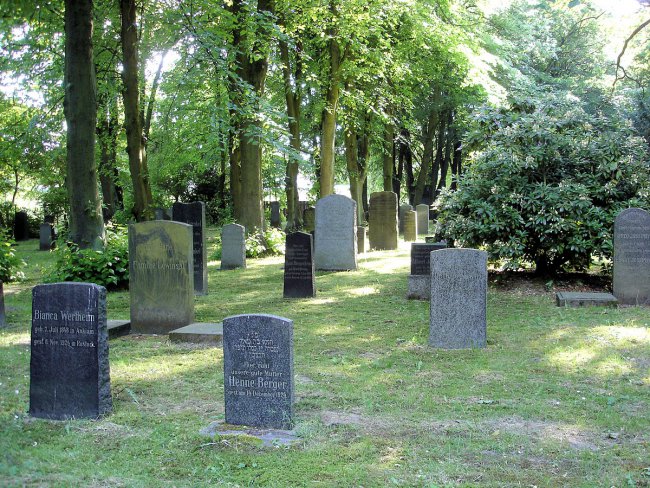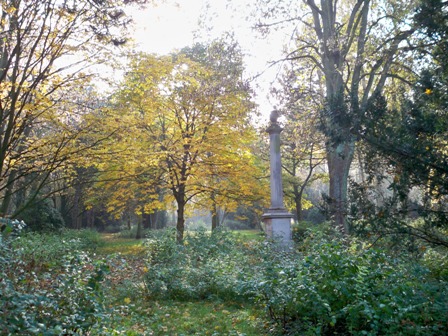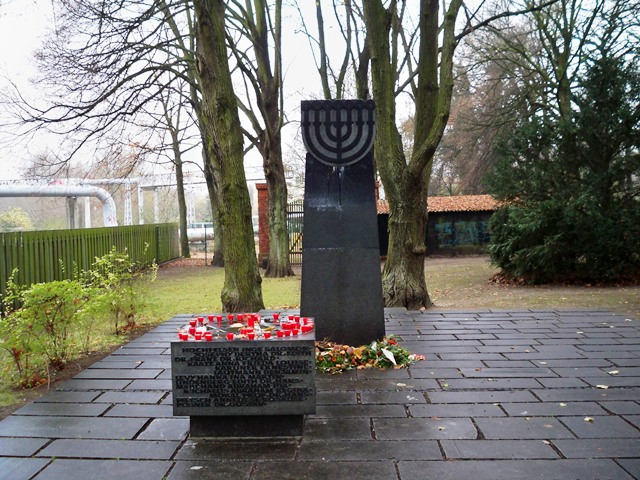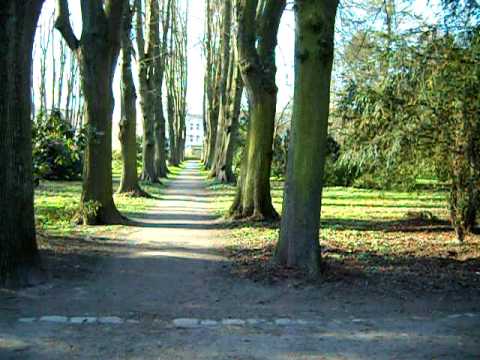There are walkers, joggers or children playing with their families. But hardly any of the visitors know that the Linden Park was originally designed as a cemetery.
Until the beginning of the 19th century, it was customary in the Hanseatic city of Rostock, as in many other large cities, to bury the deceased in the cemeteries near the parish church within the city. But in more and more parish areas there were over time space problems. The small cemeteries simply could not provide the required number of tombs anymore.
So it was decided in Rostock in 1831 to create a central cemetery just outside the city of Rostock. The way there, the cemetery path, is today a traffic-calmed, but still very busy access road to the most popular among students and young families residential district Kröpeliner Torvorstadt. Over the years, a fire station, a boys' school and a navigation school were built around the cemetery path.
The central cemetery at that time had ten entrances, which led to the rectangular squares of the tombs and five rondelles within the cemetery. The then twelve lime avenues still exist today.
There were 85 funeral chapels on the cemetery grounds. These originated mostly in the period between 1831 to 1889 and belonged mainly to wealthy families of the Hanseatic city. The vast majority of the chapels were destroyed in 1942 during the bombing of Rostock in World War II. The last remnants of these family tombs were demolished in the 1970s. Only one grave chapel remained.







